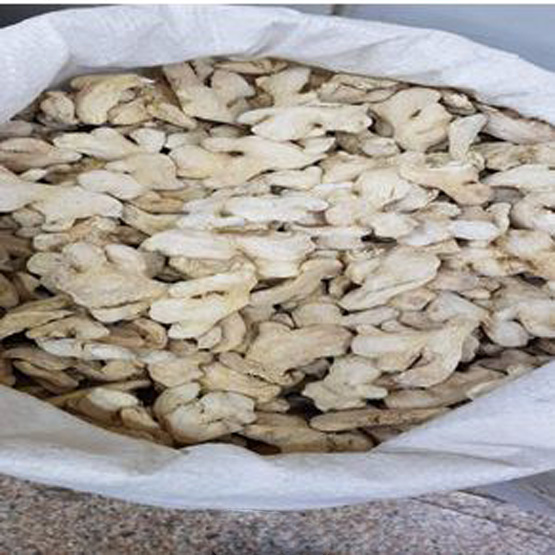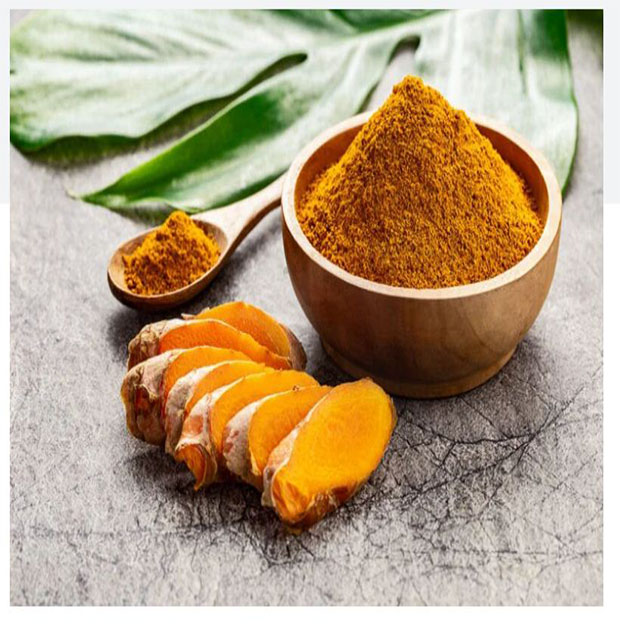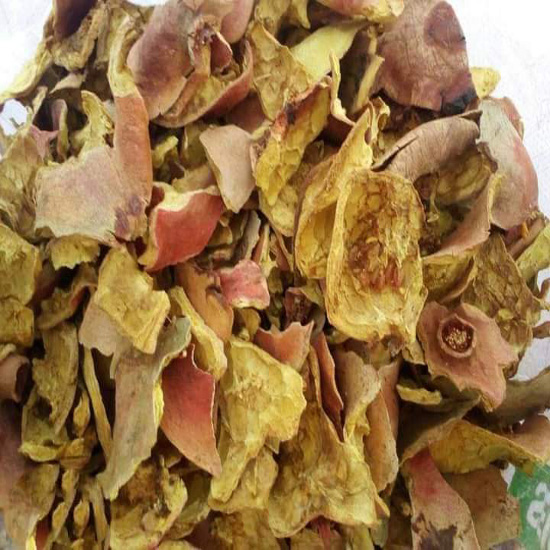Ginger for export import

product name
Gingembre
Jengibre
姜
Zencefil

Ginger for export import
Product description Ginger is the irregularly shaped root (rhizome) of the ginger plant (Zingiber officinale) The plant is cultivated in the tropics. The main producing countries are China and India. Nigeria, Thailand, Peru, Brazil ,and egypt and Myanmar are smaller ginger producers. Around 3 million tonnes of ginger are produced worldwide each year. Ginger is mainly used in: oriental and Indian cooking; bakery and confectionery products; liqueurs. This fact sheet focuses only on dried Ginger (both whole and crushed/ground). Fresh Ginger is not included in this fact sheet, since it belongs to the fresh fruit and vegetables market. It is included in our studies of Fresh fruit and vegetables. Note that most fresh Gingeris partly dehydrated to 70% moisture content before shipping, so drying of fresh ginger generally takes place in the countries of origin. The markets for fresh and dried Ginger are closely connected and more fresh ginger than dried ginger is exported. Within the Combined Nomenclature (CN) classification, dried Ginger for is covered under the following codes: 0910.1100: Ginger for export and import , neither crushed nor ground 0910.1200: Ginger , crushed or ground Note that fresh Ginger is also traded under the 09.10.1100 code. This means that the statistics presented in this study incorporate fresh ginger. Where this study refers to ‘Europe’, this includes the 27 member states of the European Union, plus the United Kingdom, Switzerland and Norway. Growing imports of dried ginger in Europe The worldwide consumption of ginger is forecast to continue to grow in the next 3-5 years. This is mainly because Ginger is a healthy ingredient (see ‘Search for healthier ingredients’). Especially in the winter of 2016-2017, the European demand for ginger peaked due to the cold weather. Consumers buy Gingerduring the winter mainly because they use it to relieve a sore throat or flu symptoms. As COVID-19 continues to affect Europe, the demand for Ginger as an immunity-boosting ingredient remains high. The growing Ginger for export and import market in Europe provides opportunities for you as an exporter. Buyers are increasingly willing to invest in long-term relationships or collaborations with their suppliers to ensure sufficient and consistent supplies. In 2021, direct imports of dried Ginger from developing countries to Europe totalled 167 thousand tonnes. Since 2017, the import volume has increased by 8.8% annually. In that same period, the (direct) import values increased by 16% annually, totalling €359 million in 2021. In 2021, around 83% of total ginger imports to Europe were sourced directly from developing countries. The remaining share (17%) was sourced via other European countries, mainly the Netherlands, as a result of re-exports.
Product name
Ginger for export and import
Parts used
Rhizomes
Grade of Ginger
Standard of Ginger
Color and appearance of Ginger
Yellowish Brown
Organoleptic characters
Characteristic taste & aroma
Extraneous matter (% w/w) of Ginger for export and import:
< 1
Moisture (% w/w) of Ginger for export and import
max1
Total ash (% w/w) of Ginger
max 6
Water-soluble ash (% w/w)
> 1.5
Alcohol-soluble extractive (% w/w)
>3
Water-soluble extractive (% w/w)
> 10
Acid insoluble ash (% w/w)
max 2
Heavy Metals Lead
max (ppm) 5
Arsenic
max (ppm) 1 of Ginger
Ginger for export and import
https://deltaspiceegy.com/category/our-products/spices/
https://en.wikipedia.org/wiki/Ginger
To watch a video about Ginger for export and import, visit the following link



